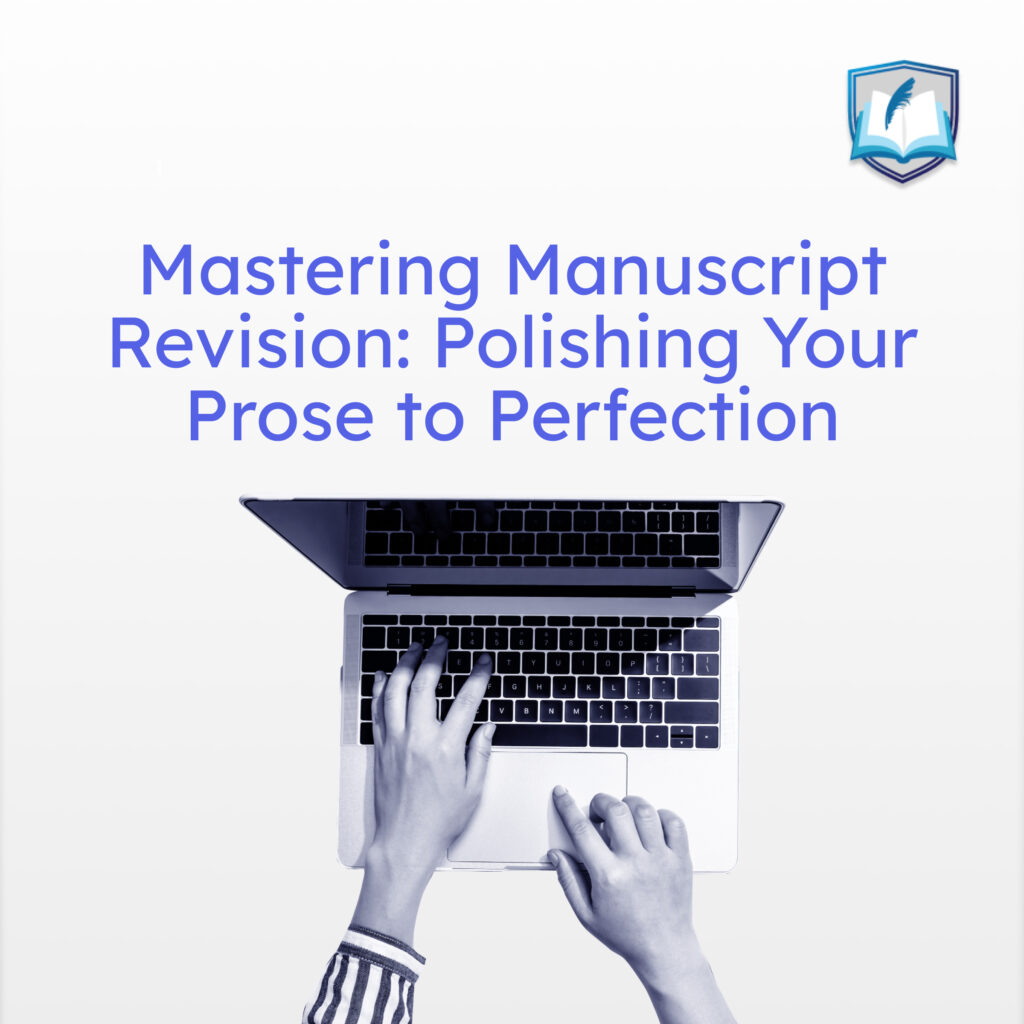Writing a manuscript is just the beginning of the journey toward a polished, publishable work. Manuscript revision is where the magic truly happens. It’s the process of refining and sculpting your raw creation into a literary masterpiece. In this article, we will explore the art of manuscript revision and provide essential tips to help you navigate this crucial stage of the writing process.
Why manuscript revision matters
- Polish and Perfection: Revision is where your writing transforms from a rough draft into a polished gem. It’s your chance to catch errors, improve clarity, and enhance your prose.
- Character and Plot Development: Revision allows you to deepen your characters, refine their motivations, and fine-tune the intricacies of your plot.
- Reader Engagement: A well-revised manuscript is more engaging. It captures the reader’s attention, immerses them in the story, and keeps them turning pages.
The Manuscript Revision Process
- Step Away: After completing your first draft, take a break. Give yourself some distance from the work, allowing you to approach it with fresh eyes.
- The First Pass: Macro Revision:
- Plot and Structure: Evaluate the flow of your story. Are there plot holes or inconsistencies? Does the structure enhance or hinder the narrative?
- Character Development: Examine your characters’ arcs, motivations, and growth throughout the story.
- Theme and Message: Ensure your themes and messages are clear and integrated seamlessly into the narrative.
- The Second Pass: Micro Revision:
- Grammar and Style: Focus on grammar, punctuation, and sentence structure. Ensure your writing is clear, concise, and free from errors.
- Word Choice: Fine-tune your prose by choosing the most evocative and precise words.
- Dialogue: Make sure your characters’ dialogue is authentic and advances the plot.
- Show, Don’t Tell: Replace telling with showing wherever possible to create a more immersive experience.
- Seek feedback: Share your revised manuscript with beta readers or critique partners. Their insights can offer valuable perspectives and help identify blind spots.
- The Final Polish:
- Proofreading: Conduct a thorough proofread to catch any remaining typos or errors.
- Read aloud: Reading your manuscript aloud can help you identify awkward phrasing and rhythm issues.
Revisions for Different Genres
- Genre Considerations: Recognize that different genres may require unique revision approaches. For example, a mystery novel may demand tighter plot threads, while literary fiction may focus more on character development.
Embrace rejection and perseverance.
- Rejection as an Opportunity: Don’t let rejection demoralize you. Use it as an opportunity to revise and improve your work.
- Persistence: Understand that revision is an ongoing process. Even after publication, you may continue to refine your work.
Conclusion: The Manuscript’s Metamorphosis
Manuscript revision is where your writing transforms from raw potential to realized excellence. It’s a challenging but essential phase of the writing process. Embrace it as an opportunity to breathe life into your story, to enhance its beauty, and to craft a narrative that resonates deeply with your readers. Remember, the art of revision is where your manuscript truly becomes a work of art.




